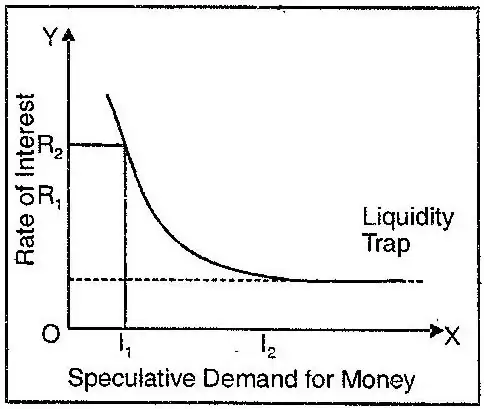Explain Demand for Money and Supply of Money.
Demand for money and supply of money:
Money is a function of four medium, standard, unit and store. Money is anything which performs following four functions:
Medium of Exchange: Money acts as a medium of exchange. In the absence of money, barter system used to prevail (exchange of goods for goods). The major drawback was lack of double co-incidence of wants. Without money our complicated economic system based on specialization would have been impossible.
A Store of Value: Many goods and all services can’t be stored for future use. Money allows us to store purchasing power, through which we can exercise our claim on goods and services in the future.
A Unit of Account: Money can be used purely for accounting purpose without any physical existence. Each and every thing needs a unit to be measured. Money acts as a measure of value. Value of all goods and services can be determined in terms of money.
A Standard of Deferred Payments: It means a payment to be made in future can be denominated in terms of money in just the same way as can a payment to be made today. Here, money is acting as a unit of account with added dimension of time.
Demand for money arises due to above mentioned functions of money. The classical economists put greater emphasis on medium of exchange function of money. Since there is no synchronization between the time of receiving income and the time of carrying out economic transactions, therefore, people need to store money for their transaction motive.
Second type of demand is precautionary demand for money. We also store money in order to meet unforeseen contingencies of life. Precautionary demand for money is a function which depends on the perception of the person concerned with respect to periodicity of income, income stability, certainty in income flow, personal attitude etc. Transaction demand for money and precautionary demand for money is a function of level of income. It is a constant proportion of total income.
Third type of demand for money, according to Keynes, is the speculative demand. It refers to demand for money for purchasing financial assets that will give a return. The demand for money for speculative motive depends on the portfolio of assets that we need to maintain.
When money is held in the form of cash, the return on it is zero. If we invest our money in the form of shares or debentures, then there is a risk involved and we may lose apart of our stock due to market fluctuations. If we invest our money in the form of fixed deposits then we can get a fixed return, but we shall be losing liquidity of our money.
The demand for money for speculative motive depends on the rate of interest When the rate of interest is low, people prefer to keep a higher amount of cash with them as the opportunity cost of keeping cash with them is low. On the contrary, if the rate of interest is high, people prefer to keep a lower amount of cash with them as the opportunity cost of keeping cash with them is high.
According to Keynes when the rate of interest is too low, then people prefer to keep their income in the form of cash because the utility derived from the liquidity is greater than the utility that the investor will derive from such low rate of interest.
In the following diagram, the curve representing speculative demand for money becomes infinitely elastic when rate of interest is too low. This segment is known as ‘liquidity trap’.

As we know that income in a two sector economy is either consumed or saved. It is assumed that the income which is not consumed is automatically saved. it is also explained through circular flow of income that one man’s expenditure is other man’s income. Therefore, saving must be converted into investment otherwise, it is a leakage from circular flow of income and thereby reduces the level of AD and thereby the fall in output level. In the situation of liquidity trap, there is an increase in saving without a corresponding increase in the level of investment.
In such a situation monetary policy becomes ineffective as a policy instrument because even if government injects more money in the economy, then it is diverted towards saving without any corresponding increase in the level of consumption. In India, we have concepts like M1, M2, M3 which are different from each other.
The RBI has redefined its parameters for measuring money supply:
M1 = Currency + Demand deposits + other deposits with the RBI
M2 = MI + Time liabilities portion of saving deposits with banks + certificates of deposits issued by banks + term deposits maturing within a year excluding FCNR(B) Deposits.
M3 = M2 + Term deposits with banks maturing over one year + Call/term borrowings of the banking system.
M4 has been excluded from the scheme of monetary aggregates.




